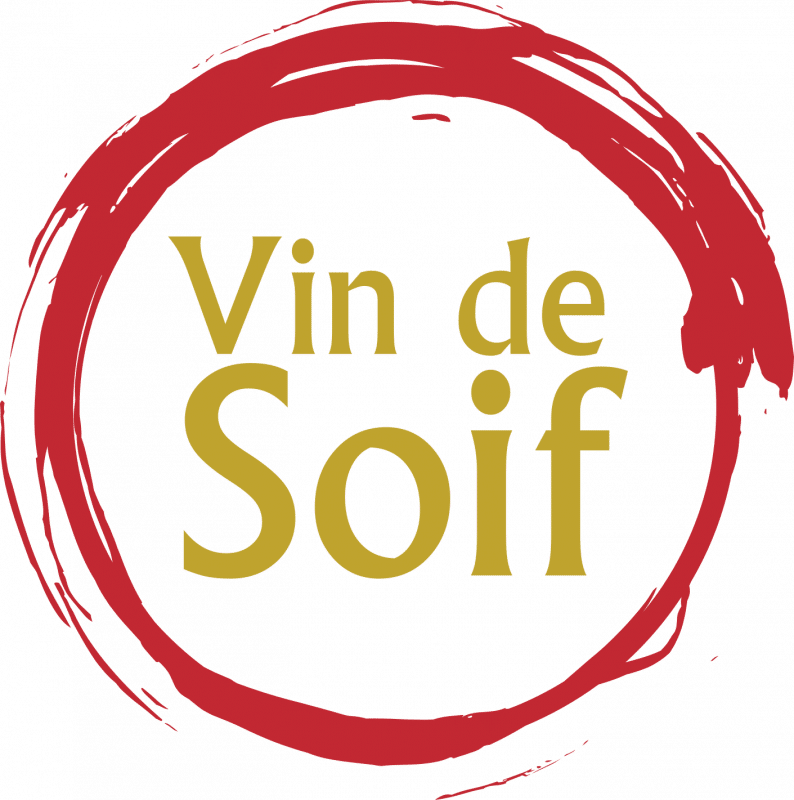Grape Profile
Reconsidering Carignan
Introduction
An English wine writer, who shall remain nameless, once described Carignan as high in everything (colour, tannin, alcohol, acid) but charm. While it is true that this high-yielding grape can, in the wrong hands, produce uninteresting, even vile, wines, this dismissal of an entire grape variety is narrow-minded and Bordeaux-centric in the extreme. Carignan, particularly when the grapes come from old vines, is capable of producing some top-notch, even ethereal, wines that should be on every collector’s watch list.
History of Carignan
Carignan is a red grape variety that is grown mostly in the South of France, though it plays a significant role in red wines made in the Western Mediterranean. Despite its near ubiquity in the Languedoc-Roussillon, its origin was likely in Spain, possibly named after the town of Cariñena in Aragon.
It was planted in Algeria and became a source for French winemakers to inexpensively improve the colour and body of their red blends. After Phylloxera devastated French vineyards in the late 19th Century, wine growers brought cuttings of Carignan back to France where its ability to provide massive grape yields made it an increasingly popular choice. After Algeria became independent in 1962, France lost its access to inexpensive Carignan juice and plantings in France really started to take off.
By the late 1980’s it was France’s most-planted grape variety, accounting for over 400,000 acres of vineyards. French and European governments, in an effort to reduce the excess supply of wine and keep prices high, eventually started paying farmers to rip out Carignan vines. In 2000 it was surpassed by Merlot as the most widely planted grape in France, and today it has fallen to fifth spot (after Merlot, Grenache, Syrah and Cabernet Sauvignon), planted on only about 80,000 acres.
Fortunately, some enlightened wine growers have rescued and refurbished old plantings of Carignan, many of which are more than one hundred years old. These vineyards produce the backbone of some fabulous wines from the South of France.
Characteristics
Carignan’s undoubtedly owes its popularity to its ability to produce massive amounts of grapes. The yield, as it is known in viticultural circles, can reach 200 hl/ha, which is about 4 times the yield of a good quality Cabernet Sauvignon. It is understandable that farmers in France in the first half of the 20th Century would want to produce large volumes of grapes, as indeed they would of any crop. However, vine yield is considered to be inversely related to wine quality. The entire French Appellation d’Origin Contrôlée system is designed to provide an assurance of quality by putting limits on the yields that vine growers can legally achieve. This creates the impression that low yield is good and high yield is bad, which is not entirely true, and worthy of an entire blog post in the future.
However, what is true is that as a vine ages its ability to yield goes down. Old vines of Carignan produce a much smaller volume of grapes with delicious ripe red fruit character, supported by spiciness and umami. These flavours help to balance Carignan’s natural high acidity and tannins and create a wine that is serious and age worthy.
Besides getting Carignan from old vines, winemakers often employ the practise of whole berry fermentation (carbonic maceration) to soften the tannins. This technique, requires berries to be hand-picked and then placed under a blanket of C02 while the grapes ferment via an intracellular fermentation – inside the unbroken berry. Alcohol builds and the grape eventually bursts, and regular yeasts take over the fermentation. This process helps to reduce acid and soften tannins. It also creates different aromatic compounds than those from regular fermentation, emphasizing perfumes and fruits.
Like any winemaking technique, there are good and bad examples of whole berry fermentation. It is often dismissed by its association with cheap Beaujolais, but winemakers in Burgundy use partial whole berry fermentation to enhance aromatics without negative consequences or incurring the wrath of connoisseurs. Like anything, it is a question of care and balance.
Regions To Find Carignan
One of the biggest disadvantages of Carignan is its difficulty ripening. Unlike Chardonnay, which can thrive in virtually any climate, Carignan needs a long hot summer in which to ripen. Therefore it is generally found in some of the wine world’s hottest regions. Languedoc-Roussillon is home to the majority of plantings and it is a required variety in the AOC wines of Corbieres, Minervious, Fitou, Faugeres and many others. In Spain, it achieves great distinction in Priorat, where it is known as Cariñena. It is also used in red blends in Rioja, where it is known as Mazuela.
The North African countries of Algeria and Tunisia still grow Carignan, though now it is for local consumption rather than for blending with French wines. There are some producers on the island of Sardinia who produce spectacular examples of the variety. Chilean winemakers have discovered old vineyards of Carignan in the southern part of the Maule Valley which they have encouraged local farmers to rigorously prune and train. These have begun to achieve great results.
Top wines made from Carignan
Here is a list of some great examples of Carignan. If you see them you should try them:
- Ferrer Bobet Seleccio Especial Vinyes Velles (Priorat Spain)
- Chateau Maris Minervois La Liviniere Les Amandiers (Languedoc, France)
- Domaine de Fonsainte Corbieres Boutenac Clos de Centurion (Languedoc, France)
- De Martino ‘Vigno’ Old Vines Dry Farmed Carignan (Maule Valley, Chile)
- Capichera Assaje Carignano Isola dei Nuraghi (Sardinia, Italy)
If your looking to buy wine online, whether it is Carignan or any other variety, visit our online wine shop or contact us by phone or email to arrange for a delivery to you home or work.

